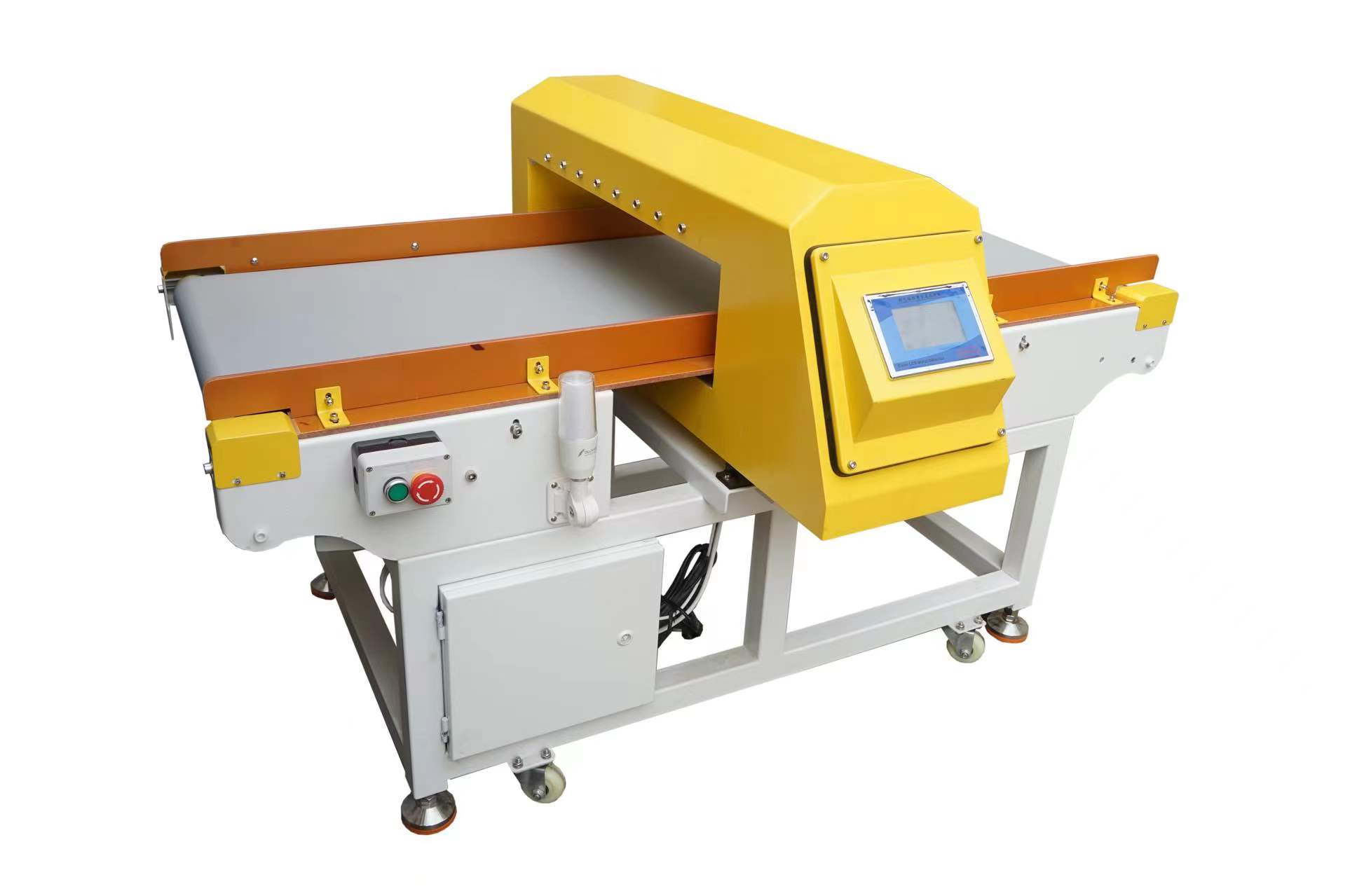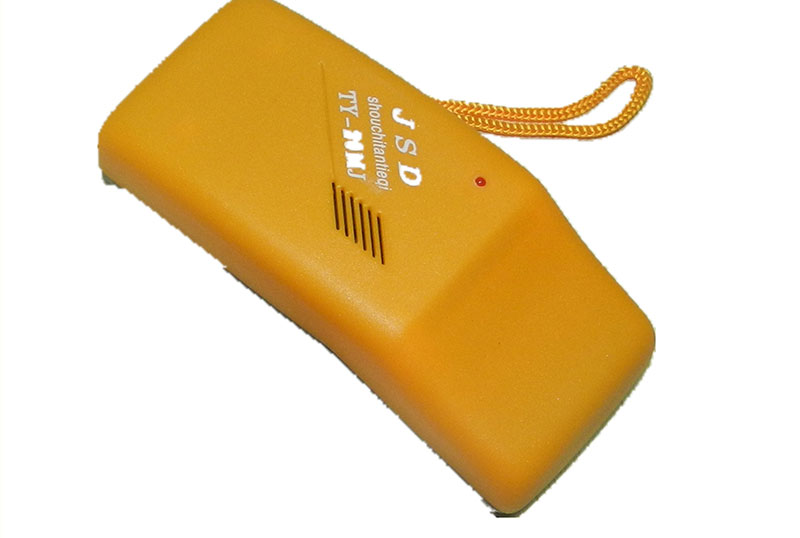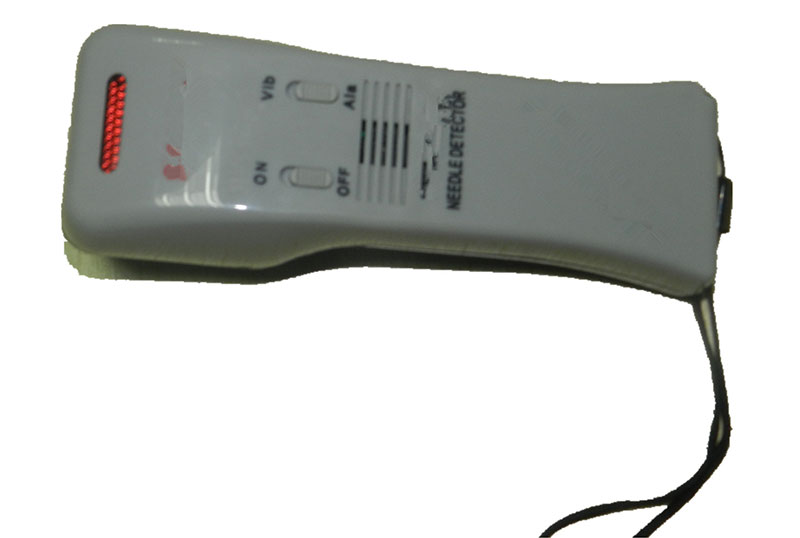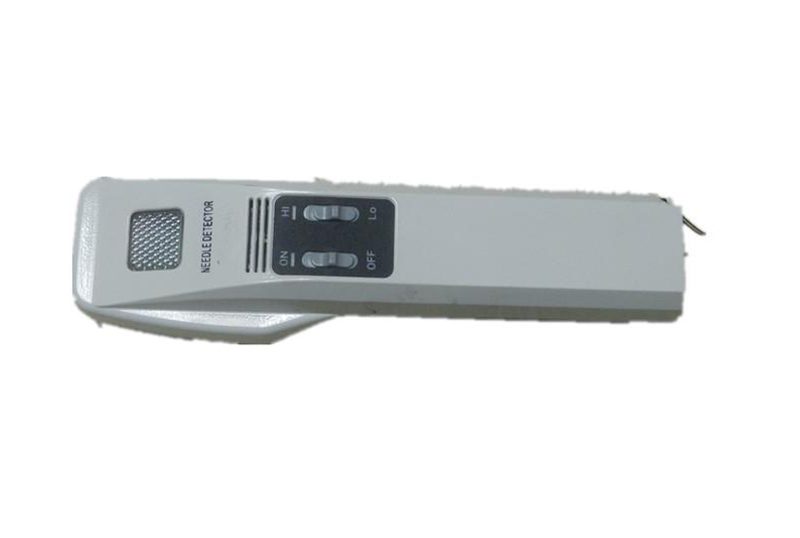Metal Needle Detection in Apparel
Needle detection in apparel inspection
It helps to prevent the spread of blood-borne diseases, including HIV and Hepatitis B and C.
This test is performed on the material being inspected to look for broken needles. The results can help determine whether there are any hidden needles in your clothing or other items you may have been wearing at the time of inspection.
A 9-point test is the most common type of metal needle detection in apparel. It consists of nine different tests, each measuring a different aspect of the garment's metallic content and durability.
The first test measures the surface hardness of the fabric to see if there are any irregularities that could indicate a broken needle. The second test measures the conductivity of the fabric to determine if it contains any trace amounts of broken needles. The third and fourth tests measure the density and weight of metallic objects embedded in a fabric sample, respectively. The fifth test determines whether or not there are any loose fibers in the sample that could indicate an embedded needle. The sixth test measures how many times a needle has penetrated into a garment's fabric during its lifetime; this will help determine how much wear an item has received. The seventh test determines whether or not an object is still embedded in a garment after washing; if it's still there, it means that laundering has failed to remove it completely. The eighth test examines how well an item holds water; if it doesn't stay wet without leaking out onto other garments or surfaces—and therefore isn't
quality control garment metal detector
It also serves as a product safety solution that minimizes the risk of customers being injured by a broken needle. There are many levels of technology available to detect needles depending on the needs of the operation.
A garment metal detector is made up of four components:
the control, the signal processor, the sensor and the output device. The sensor detects metal near it and sends that information to the filter. When the sensor detects metal, the filter activates the output device. It may be a display or alarm to alert operators. All these components are controlled by the control unit.
The four main components of all garment needle metal detectors are these:
The feed device, reject device, alarm device and record keeper. These components can be found as we move up in technology. The feed device supplies the product, which could be contaminated, to a sensor. Commonly used feed devices for metal detectors used to detect garments are the conveyor belt or hanger system. After the detection, the reject device is used to remove any metal parts from the garment. This includes trap doors, pusher arms or air jets.
Elevate Apparel Manufacturing Quality with Our Automatic Metal Needle Detectors**
Enhance the integrity of your apparel manufacturing process with our advanced Automatic Metal Needle Detectors. Engineered for precision and efficiency, these detectors seamlessly integrate into production lines to ensure the safety and quality of your garments.
Automated Needle Detection Technology**
Our Automatic Metal Needle Detectors feature cutting-edge technology for automated needle detection. Experience seamless integration into your apparel manufacturing process, where the detectors efficiently scan fabrics to identify and remove metal needles, ensuring product safety.
Operator-Friendly Interface**
Simplify operations with an operator-friendly interface. Our detectors offer clear, intuitive controls, making it easy for manufacturing personnel to monitor and manage the needle detection process effectively.
Customizable Solutions for Apparel Types**
Adapt to the unique requirements of various apparel types with our customizable Metal Needle Detectors. Whether handling different fabrics, sizes, or garment styles, our automated detectors can be tailored to suit your specific manufacturing needs.
Streamlined Production Flow**
Maintain a streamlined production flow with automated metal needle detection. Our detectors seamlessly integrate into your manufacturing line, providing efficient and continuous scanning without disrupting the workflow.
Comprehensive Safety Assurance**
Ensure comprehensive safety assurance with our Automatic Metal Needle Detectors. By automating the needle detection process, you minimize the risk of metallic contaminants in apparel, meeting safety standards and enhancing the overall quality of your products.
Upgrade your apparel manufacturing quality with the precision and efficiency of our Automatic Metal Needle Detectors. Contact us to explore how these advanced systems can seamlessly integrate into your production line, ensuring garment safety and boosting overall manufacturing efficiency.
The Viking VFG series needle detectors
9 point test for needle detector
The 9 Point Test is a quick and reliable way to check for needle metal in apparel. It uses a light source to illuminate the material, which is then examined under magnification.
The broken needle detector is a simple yet effective tool that lets you quickly identify broken needles in your clothing. The needle metal detector can be used on a wide range of fabrics, including wool, leather and fur.
It can detect needle fragments as small as 0.5 millimeters (mm) in diameter, making it ideal for detecting needle fragments in garments made from leather or fur.
They inspect finished garments on hangers and pass through tunnel-like structures with sensors. Fully automated product handling system that minimizes manual handling and speeds up the process of performing the task. It can detect ferrous broken needles as small as 1.0mm, which ensures garment and textile quality control. This technology uses a new detecting sensor that can easily cover coats, jackets, and trousers. After placing the garment on the conveyor belt, the system positions it and moves it through the tunnel. The moving belt detects ferrous and separates the defective garment from the rest. The conveyor system does not have the ability to automatically sort the defective garments. Instead, the belt will stop on the detection of metal. This means that the piece must be manually removed. The conveyor-type needle detector can be connected to manufacturing processes by using a hanger system. It has a display screen that indicates the needle position, and a counter that keeps track of the number of pieces detected. This aids in quantity control.
Short specifications of needle detector VFG-2022
MODEL | VFG-2022 | ||||
Detection Method | Magnetic Induction.digital Process Double Sensor | ||||
Detection capability | >=FePh0.8 | >=FePh0.8 | >=FePh1.0 | >=FePh1.2 | >=FePh1.5 |
Detection Height | 100mm | 120mm | 150mm | 200mm | 250mm |
Detection width | Net width 600mm-non-standard sizes(custom) | ||||
Detection adjustment | Touch screen set the level 1-12 | ||||
Alarm Method | Sound/light alarm, return, then starts again | ||||
Power supply | Ac220V 50-60Hz | ||||
Pated output | 140W | ||||
Machine Size | L1820mmxW1050mmxH900mm | ||||
Weight | 280KG | ||||





